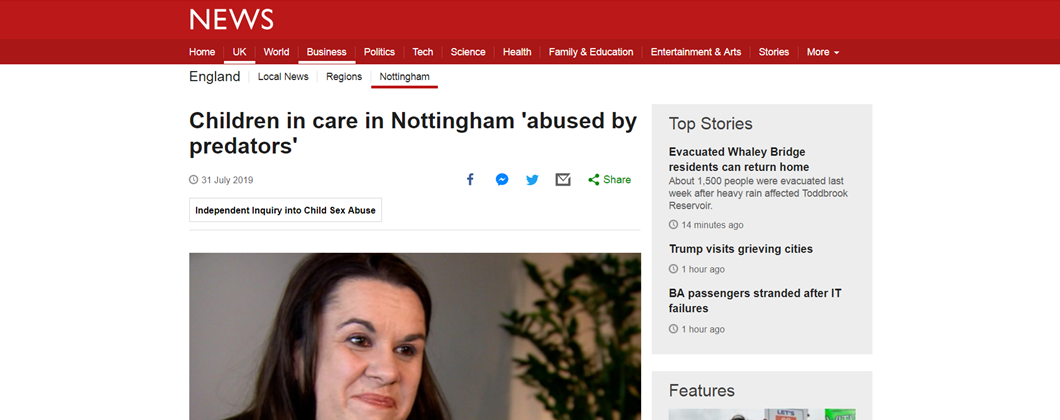Horrific children’s care homes cases are a reminder of the need for effective abuse insurance cover

Whilst the disturbing and horrific events highlighted in the recent investigations at Beechwood Community Home, Nottinghamshire and St Christopher’s Special Needs Children’s Home, Somerset grab headlines, abuse is not common place and the majority of care providers go to great lengths to ensure the safety of their clients.
Nevertheless these cases are a stark reminder that all social care organisations need to have the right insurance protection in the event of allegations, whether or not these are based on fact.
So what is the abuse risk which needs to be covered?
Sexual and physical abuse claims are categorised as personal injury claims. Abuse can include physical harm, verbal abuse, and sexual abuse. There is also a thin line between neglect and abuse, examples of neglect include leaving someone without contact for an extended period or using extreme temperatures of water when bathing a service user. Although abuse may not leave visible signs, it can cause mental and emotional harm.
When do claims arise?
Legal limitation allows claimants three years to make a claim or three years after their 18th birthday in the case of minors. The period starts on the date on which the cause of action occurs or the date of knowledge of the person who suffered abuse. In cases where the person does not have mental capacity at the time of or after abuse then limitation may not apply at all.
What to look out for with Abuse insurance cover
It is important that your broker has the right level of expertise and experience in dealing with the care sector, as the devil can be in the detail as to whether the right protection is provided.
Many insurance policies are silent on abuse - abuse is assumed to be covered because it is not excluded.
Very careful assessment of the wording is required to ensure that the cover is actually in place. These policies rely on the definition of bodily injury which may refer to accidental injury (abuse is not accidental) or physical harm (excludes mental or emotional abuse). The policy may exclude deliberate acts – abuse is deliberate. These policies are sometimes referred to as “silent but non-violent”.
Those insurers that define abuse will usually apply an inner limit and may have an aggregate limit (the total amount that can be claimed for any one period). Your broker should be able to provide guidance on the appropriate limit of indemnity.
Your broker also needs to understand and be able to explain the difference between “claims made” and “claims occurring” based policies. Getting this wrong can result in a gap in coverage, so your broker will need to check your historic policies to give best advice. Neither is necessarily better or worse than the other if managed correctly. Insurers writing abuse cover on a claims occurring basis may adapt their wording by endorsement to claims made and provide retro cover to avoid the “made to occurring” issue if requested.
Why do I need to know all this?
Care businesses put the utmost trust in their employees to deliver a high standard of care to their clients and work hard to ensure that there are procedures in place to prevent abuse from ever happening - however there may still be occasions where they face accusations. Whether or not they turn out to be true it is always wise for care businesses to be prepared and have the right insurance to cover the costs associated with a formal accusation.
Read the full story on Beechwood Community Home
Read the full story on St Christopher’s special needs children’s home
For more information on abuse cover for the care sector please contact your local GRP broker for more information
